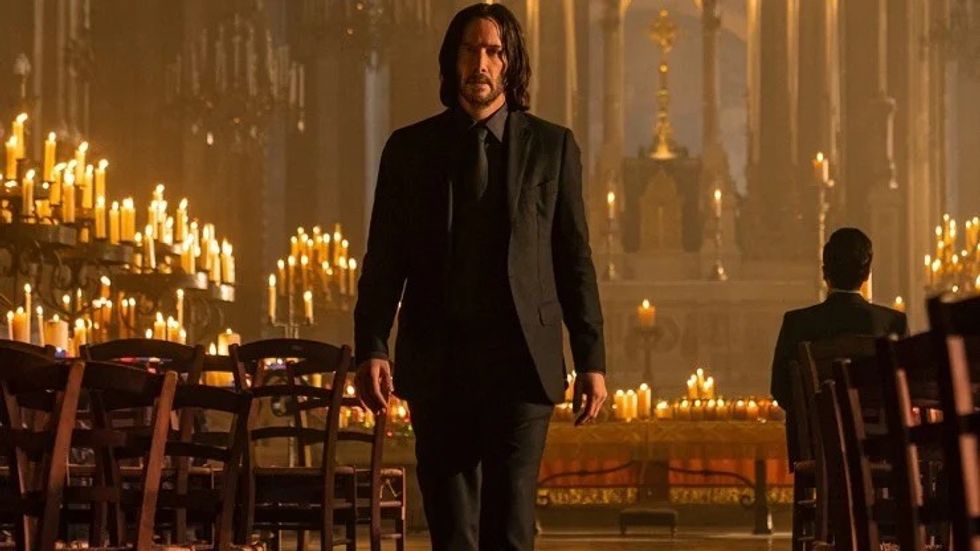
I love lighting a scene where you don’t have to unpack too many hot lamps. You can just set up a room, flip a switch, and roll the cameras.
Among the various lighting techniques, “practical lighting” stands out for its ability to infuse a sense of authenticity and realism into scenes. And to use the world around you to make this all happen.
In this article, we dive deep into the world of practical lighting, understanding what it is, how it’s used, and why it’s a crucial tool for filmmakers and TV creators.
Let’s dive in.
How To Work With Practical Lights | Cinematography Tips
www.youtube.com
Practical Light Definition

Practical lighting refers to the use of existing light sources within a scene to illuminate the environment and the characters.
These light sources are integrated into the set design and serve a dual purpose: they provide both functional illumination and contribute to the visual narrative by providing realism.
Examples of Practical Light Sources

Common examples include lamps, ceiling fixtures, candles, torches, and even electronic screens.
Unlike traditional film lighting setups, where specialized lights are employed off-camera to sculpt the scene’s look, practical lighting is about characters interacting organically with surroundings.
Why Use Practical Lighting in Film and TV?

The primary goal of practical lighting is to enhance realism. When characters switch on a lamp or light a candle, the resulting illumination is not only visually convincing but also emotionally immersive.
Practical lighting creates a tangible connection between the audience and the characters, making the on-screen world more relatable and believable.
Whether it’s the warm, intimate glow of a bedside table lamp or the eerie flicker of a flashlight in a dark alley, practical lighting can define the mood and tone of a scene in a way that artificial lighting often struggles to achieve.
Practical lighting is a cornerstone of visual storytelling that breathes life into on-screen worlds. By leveraging existing light sources within a scene, filmmakers and TV creators can enhance authenticity, atmosphere, and emotional connection.
In an industry that constantly evolves, practical lighting remains a technique that continues to captivate audiences and elevate storytelling to new heights.
Go get lighting.
Author: Jason Hellerman
This article comes from No Film School and can be read on the original site.
